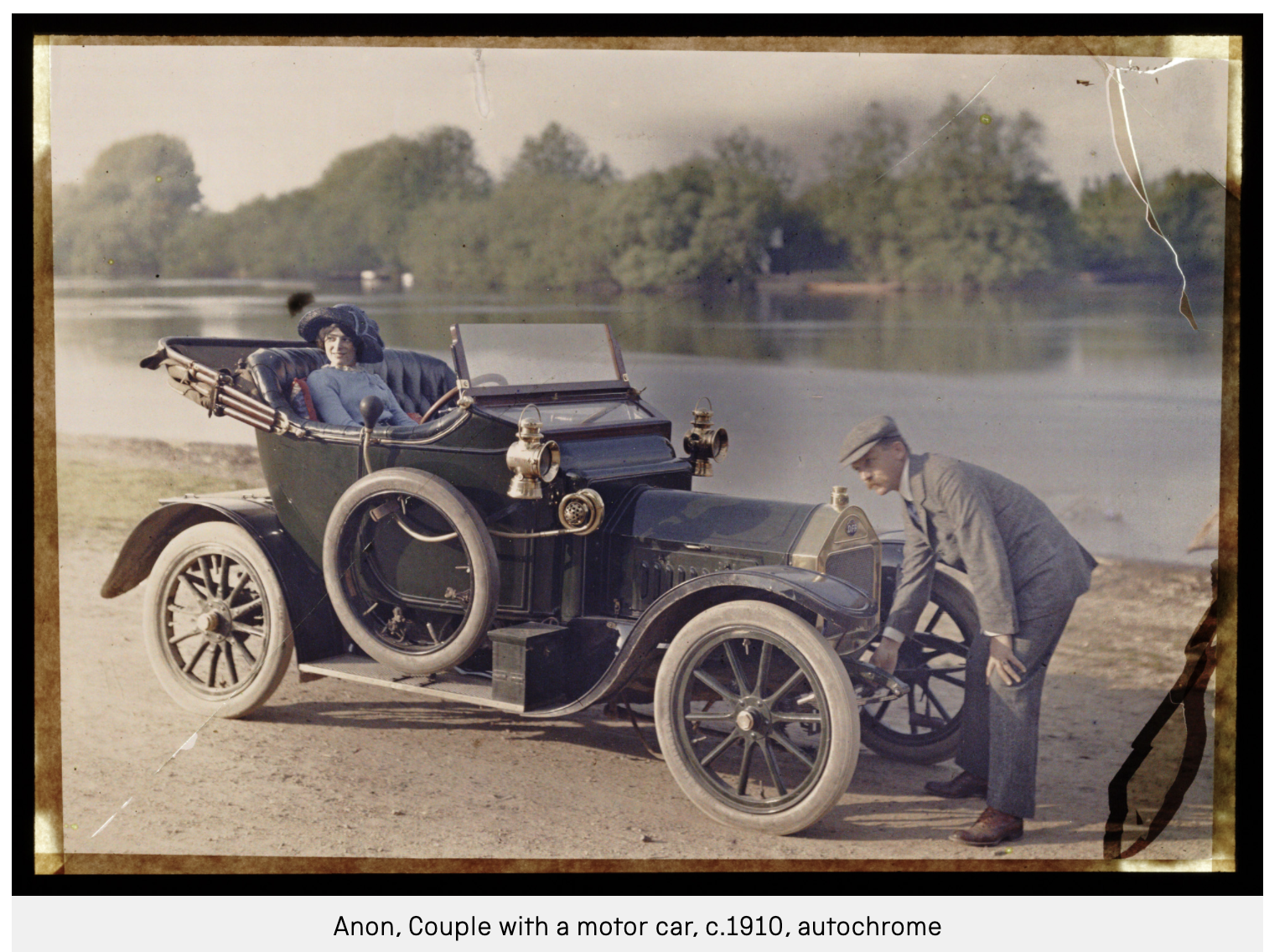
How can anyone lose a film factory?
Well it wasn't really lost—it's still there, in Burlington, Vermont. But it was lost to history.
The Lumière brothers, inventors of an early autochrome color photography process, had a factory in Burlington, VT in the early 1900s where they produced cinema, photography and x-rays. The patented autochrome process used small, dyed pellets to create a “pixelated” mosaic of color directly on the print. While the brothers moved the factory back to France in 1910, the building in Vermont is the only Lumière production building left in the world.
According to Chris Farnsworth, writing for SevenDaysVt.com,
Hugo Martínez Cazón was combing through microfilm at the University of Vermont, researching architectural
blueprints for a project, when something odd scrolled across the screen.
"I saw the name Lumière fly by, and I came to a dead stop," the Argentinean-born and Burlington-based environmental
engineer said, recalling a fateful day in 1991. "There were these blueprints for a factory, the name Lumière, then the
words 'dry place for photographic material.' It didn't make sense to me."
It seems incredible that such an important chapter in early film history has been so completely overlooked, especially when every other aspect of Lumière production has been thoroughly researched.
The Lumière Brothers opened the factory in 1903, and returned to France in 1910. The factory was primarily to produce autochromes, an early color process. You can read more about it here.
The Lumière Brothers abandones film production in 1905.
For the photographers among us, I've added a video on the Autochrome production process.